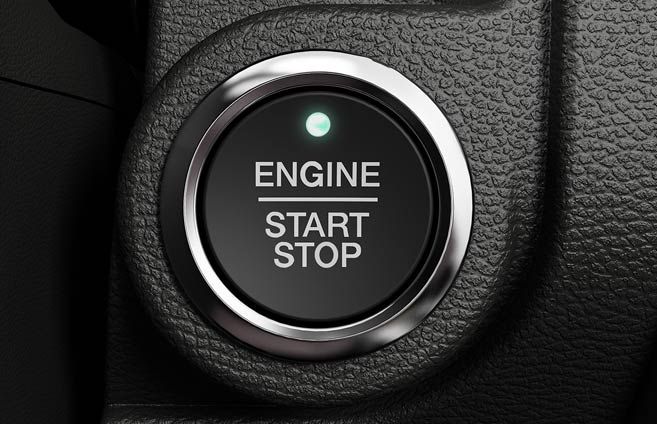Long day. Drove 9 hours today with a stop to work on the plane for about 5 hours. Thank you Scott for your help at KMCE. You are what the RV community is all about!!
Alternator pulled. No rattling or obvious loose parts. Will take it to an auto parts store for testing tomorrow. Insurance company may ask for it to be sent in for inspection. Not sure how else to check it without disassembly.
EarthX battery was able to crank engine strongly. I can assure you, it was "off line" and not providing power to the radios or audio panel just after the over voltage in flight. Was working 30 minutes after landing. Did not try to start plane since the PMags are bad. The battery was placed on their suggested charger and appeared fine.
Both AKG headsets will not run from Lemo plug power anymore. They still work with battery power. The 1A fuse per headset was intact. Suggestions for repair would be appreciated.
All 3 USB charging ports are fried. 1 from Stein, 2 others from PowerWerkz. Was happy with their performance prior. The 5A fuses for the 2 PowerWerkz chargers were blown. The 3A fuse for the stein charger was intact. None of them work now. The good news, they are all cheap (relatively) to replace, and the 2 iPhones and the iPad plugged in were fine.
A couple of 3" computer fans on top of my panel are Non-Op. the 1A fuse was blown, but they won't come on. Again, cheap but not something I enjoy replacing.
The Dynon screens were already pulled, but pulled the EMS and AP Panel at the suggestion of Dynon. The ADSB box still has the flashing red LED so that's a good sign for now. AP servos and transponder will be tested when the screen is repaired.
PMags were pulled, will ship in tomorrow. Not cool since I had those things back less than a year ago for another issue, and the software update. The shipping boxes are getting a little worn

.
I will say that I am happy with the weight and cranking ability of the EarthX battery. From the information I have so far, the alternator is the cause of the problem, and the battery did what it was designed to do. What I am not sure of, is if a PC-680 was in place, would I have all this damage. We are looking at possibly $10-$16k right now. Hopefully Dynon will be able to repair without too much difficulty. A B&C is on order, but with all the discussions we have about redundancy and safety, am I willing to bet that kind of money, and possibly our safety on the "crowbar" protection. Would a simple lead acid battery be another level of protection?
My plan was to purchase an IFR GPS and add another AHARS to my Dynon setup in the next year and start working on my IFR. Loosing a full panel in the clouds is not something to take lightly. I am sure the B&C system is MUCH better than what I had, but I would not bet my life on one layer of protection.







